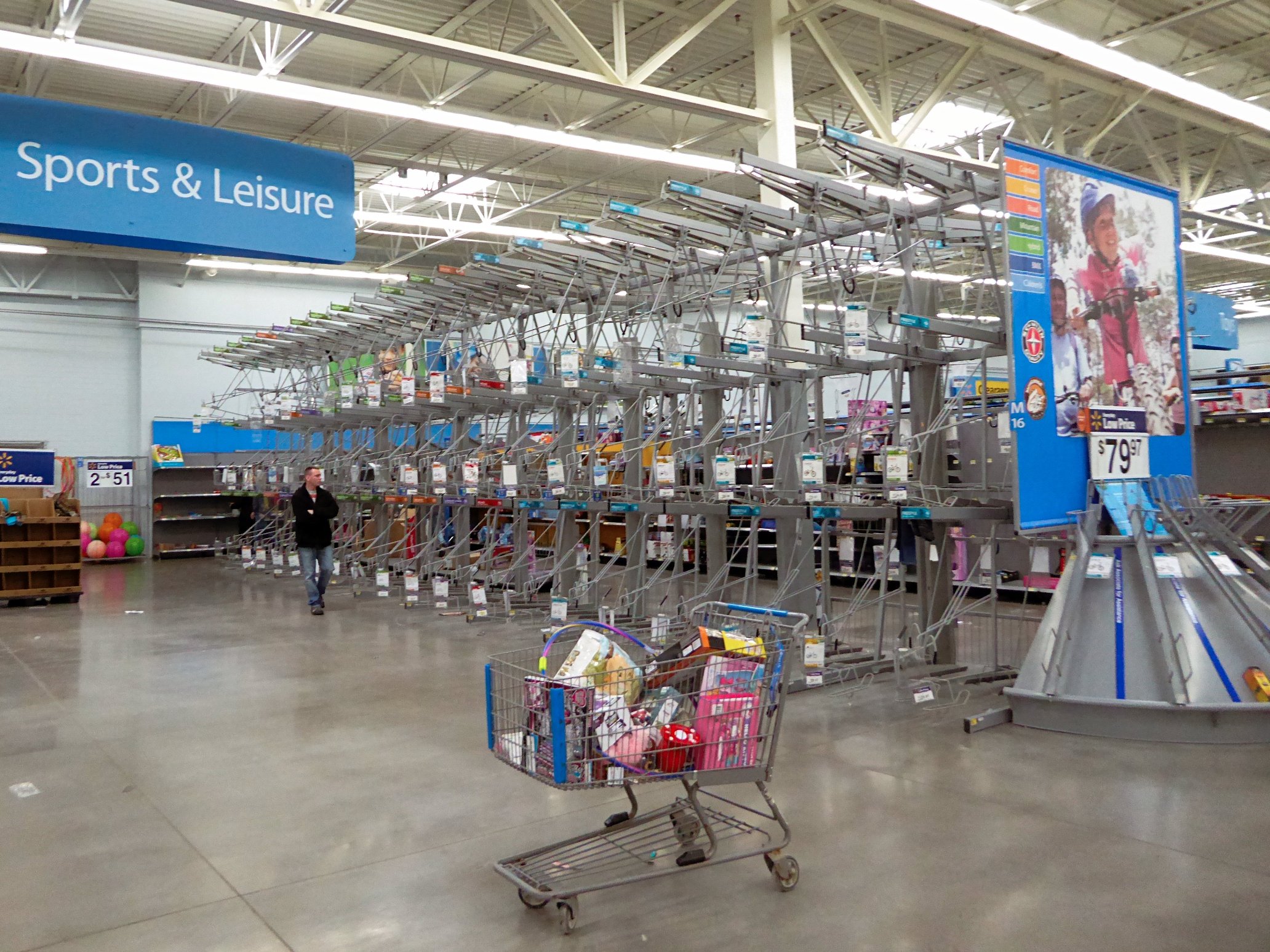Franchising, retail, business

18/02/2016
Walmart is not expecting any significant sales growth in the coming year, and that’s bad news for the retail industry as a whole.
In October, the retail giant said that net sales would grow 3% to 4% every year for the next three years. However, in its fourth-quarter earnings results on Thursday, Walmart had a less optimistic prediction for fiscal 2017 (calendar year 2016).
“Including store closures and the impact of the strengthening U.S. dollar, we now expect net sales growth to be relatively flat in fiscal year 2017,” Walmart CFO Brett Biggs said in the company’s earnings call.
Walmart closed 269 stores in late January, laying off thousands of employees.
For retail rivals, Walmart’s struggles are not cause for celebration. Instead, they reveal a swiftly changing retail landscape where few can keep up.
"The blunt truth is that while stores remain a vital part of the retail mix, they are not quite as relevant as they used to be," Conlumino CEO Neil Saunders wrote in a research note about the company’s recent store closures. "Walmart's decision is part of a larger shift that will be played out across all parts of the retail sector over the coming year and beyond."
Department-store giant Macy’s also revealed it would close 40 stores in early 2016. These two major retailers' decisions to shut hundreds of stores are not anomalies in the industry.
The growth of online retailers, especially Amazon, has made shopping trips less appealing. Just as mall traffic has decreased (Fung Business Intelligence Centre estimates that the average American now visits a mall three to four times a year, as opposed to five to six times a few years ago), visits to big-box retailers are also dropping.
When one store closes, it sets off a domino effect of closures. If a mall anchor, such as Macy’s or Sears, shuts down, it can be difficult to find another tenant to replace them, according to Howard Davidowitz, chairman of Davidowitz & Associates, a national retail-consulting and investment-banking firm.
These retailers’ best chance to turn things around is to invest in ecommerce.
On Thursday, Walmart reported that global ecommerce sales grew 12% last year. Now the company (which has spent billions of dollars growing its ecommerce business) says it is focusing on building a digital relationship with customers, scaling its online assortment, and expanding online grocery.
Ironically, an increase in online sales would likely reduce the number of necessary Walmart locations and employees, potentially leading to more store closures. While Walmart has emphasized "seamless" integration of online and in-store experiences, the growth of digital represents a major shift in what shopping "at" Walmart means.
Even if retail giants are able to turn business around by growing ecommerce sales, customers should not be surprised if more closures are on the horizon as the retail industry adjusts to this seismic shift.
Fonte:http://uk.businessinsider.com/walmarts-struggles-signal-retail-shift-2016-2?r=US&IR=T